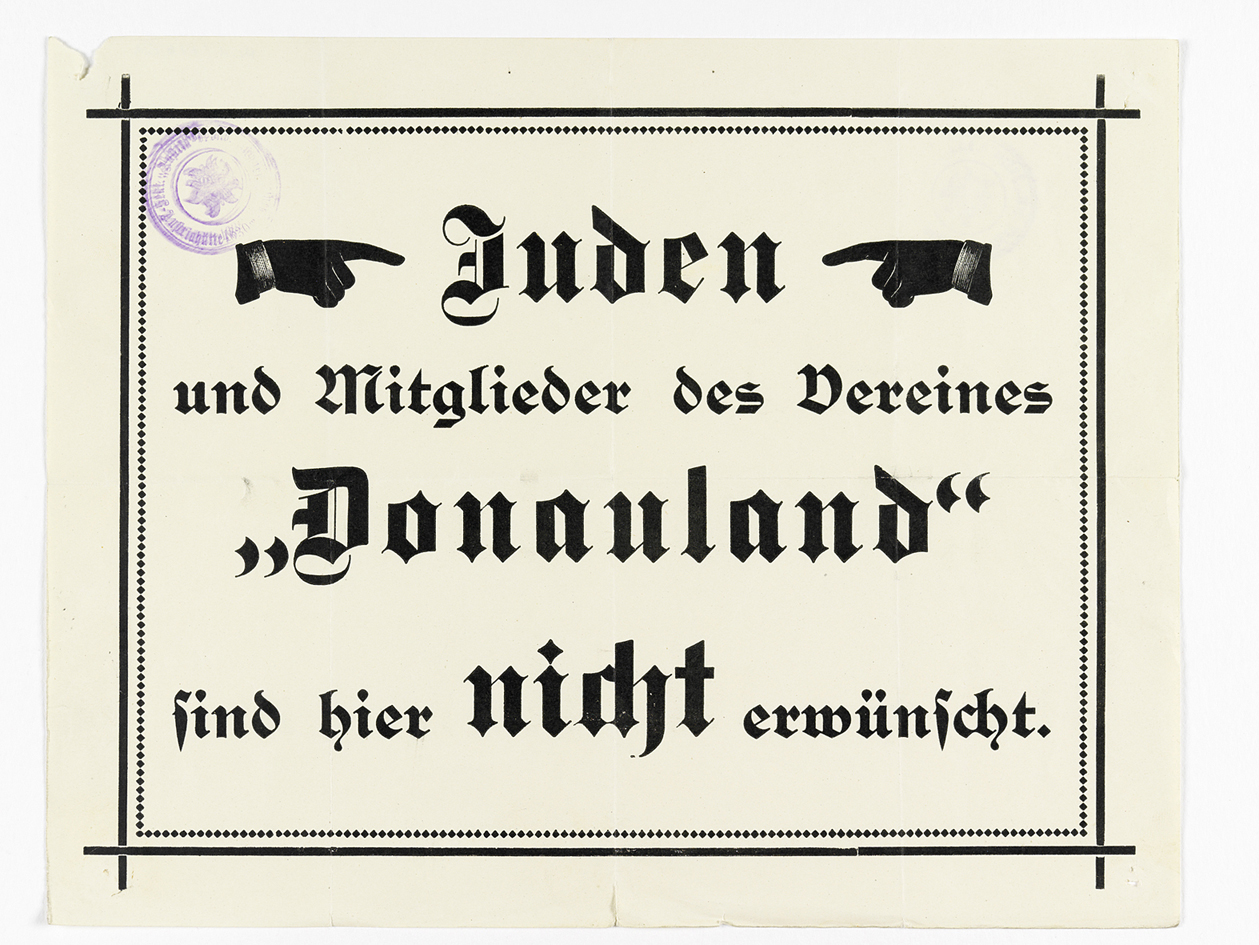|
Geierstein
Geierstein (also Geigerstein) is a 1,491 m high mountain in the western Mangfall Mountains, part of the Bavarian Prealps, in Bavaria, Germany. Geography Geierstein is part of an east–west ridge with steep drop-offs to the north and south. It is the first prominent mountain peak coming out of Lenggries. The ridge is interrupted to the east by the Sommersbachgraben at 1,261 m. East of this drop, the ridge rises again to its highest peak, Fockenstein. The Geierstein is almost completely forested; only in the immediate vicinity of the summit does bare limestone emerge from the forest floor. The summit offers a view of the entire Isarwinkel, the Munich gravel plain (with a view of Munich on a clear day), the Tegernsee mountains, and Wetterstein and Karwendel. Name The name of the mountain is sometimes written as ''Geigerstein'' (literally "Violinist Rock"), instead of ''Geierstein'' (literally "Vulture Rock"). Both names are present in the German Alpine Club map and guidebook, ... [...More Info...] [...Related Items...] OR: [Wikipedia] [Google] [Baidu] |
Fockenstein
Fockenstein is a mountain in Bavaria, Germany. It is located in what is called the Bavarian Prealps, west of the lake Tegernsee. Geography and Climbing The summit is on the border between the municipalities of Gaißach and Bad Wiessee. It is usually climbed from Bad Wiessee but can also be climbed from Lenggries via Geierstein. Fockenstein is also often climbed in winter, especially as part of a rather easy ski tour. While the path to the Aueralm can usually be mastered without any problems, the steep summit slopes must be assessed for avalanche danger. The Maximiliansweg from Füssen to Königssee also leads over the Fockenstein. In summer, two hours are required for the ascent from Bad Wiessee and 1.5 hours for the descent. From Lenggries Lenggries is a municipality and a town in Bavaria, Germany. It is the center of the Isarwinkel, the region along the Isar between Bad Tölz and Wallgau. The town has about 9,500 inhabitants. By area, it is the largest rural municipality ("G ... [...More Info...] [...Related Items...] OR: [Wikipedia] [Google] [Baidu] |
Bavaria
Bavaria ( ; ), officially the Free State of Bavaria (german: Freistaat Bayern, link=no ), is a state in the south-east of Germany. With an area of , Bavaria is the largest German state by land area, comprising roughly a fifth of the total land area of Germany. With over 13 million inhabitants, it is second in population only to North Rhine-Westphalia, but due to its large size its population density is below the German average. Bavaria's main cities are Munich (its capital and largest city and also the third largest city in Germany), Nuremberg, and Augsburg. The history of Bavaria includes its earliest settlement by Iron Age Celtic tribes, followed by the conquests of the Roman Empire in the 1st century BC, when the territory was incorporated into the provinces of Raetia and Noricum. It became the Duchy of Bavaria (a stem duchy) in the 6th century AD following the collapse of the Western Roman Empire. It was later incorporated into the Holy Roman Empire, became an ind ... [...More Info...] [...Related Items...] OR: [Wikipedia] [Google] [Baidu] |
Germany
Germany,, officially the Federal Republic of Germany, is a country in Central Europe. It is the second most populous country in Europe after Russia, and the most populous member state of the European Union. Germany is situated between the Baltic and North seas to the north, and the Alps to the south; it covers an area of , with a population of almost 84 million within its 16 constituent states. Germany borders Denmark to the north, Poland and the Czech Republic to the east, Austria and Switzerland to the south, and France, Luxembourg, Belgium, and the Netherlands to the west. The nation's capital and most populous city is Berlin and its financial centre is Frankfurt; the largest urban area is the Ruhr. Various Germanic tribes have inhabited the northern parts of modern Germany since classical antiquity. A region named Germania was documented before AD 100. In 962, the Kingdom of Germany formed the bulk of the Holy Roman Empire. During the 16th ce ... [...More Info...] [...Related Items...] OR: [Wikipedia] [Google] [Baidu] |
Mangfall Mountains
The Mangfall Mountains (german: Mangfallgebirge), or sometimes Mangfall Alps, are the easternmost part of the Bavarian Prealps that, in turn, belong to the Northern Limestone Alps. The name comes from the river Mangfall, whose tributaries, the Rottach (Tegernsee), Rottach, Weißach (Tegernsee), Weißach, Schlierach and Leitzach, drain large parts of the area and form an important drinking water reservoir for the city of Munich. Geography Location The mountain region is bounded by the Isar valley in the west, the Inn valley in the east, the Brandenberg Alps (the Rofan) and the Austrian state border in the south. North of the Mangfalls lies the Alpine Foreland. The region has an area of 752.40 km² or, by narrower definitions, only 333 km². The Mangfall Mountains are divided into the Tegernsee Mountains (from the Isar to the line Tegernsee (lake), Tegernsee−Rottach (Tegernsee), Rottach−Weiße Valepp), Schliersee Mountains (to the Leitzach valley) and the Wende ... [...More Info...] [...Related Items...] OR: [Wikipedia] [Google] [Baidu] |
Bavarian Prealps
The Bavarian Prealps (german: Bayerische Voralpen) are a mountain range within the Northern Limestone Alps in south Germany. They include the Bavarian Prealp region between the river Loisach to the west and the river Inn to the east; the range is about long and wide. The term is not defined politically, but alpine-geographically because small areas of the Bavarian Prealps lie in Tyrol (e.g. the Hinteres Sonnwendjoch south of the Rotwand). The term is not to be confused with the Bavarian Alps or the Bavarian Alpine Foreland. These terms include the whole of the alpine region (together with parts of the Wetterstein, the Karwendel, etc.) and the whole Alpine Foreland on Bavarian state territory. Except in the Ester Mountains in the extreme west, the summits of the Bavarian Prealps are all below 2000 metres in height and only a few have prominent limestone cliffs. Extent According to the 1984 classification of the Eastern Alps by the German Alpine Club the Bavarian Prealps a ... [...More Info...] [...Related Items...] OR: [Wikipedia] [Google] [Baidu] |
Munich Gravel Plain
The Munich gravel plain (german: Münchner Schotterebene) is an outwash plain in Upper Bavaria, Germany, formed during Late Pleistocene glacial periods. Characterized by its very wide extension, it comprises sandur terraces and the floodplain of the Isar river. These most recent deposits overlie the Neogene Molasse basin of the Alpine Foreland, which in contrast comprises fine-grained fluviatile and lacustrine facies. Location The plain covers a triangular area of around 1500 km2 (= 579.15 mi2). The three corners corresponded with the town of Weyarn, between Miesbach and Holzkirchen in the southeast, Moosburg an der Isar in the northeast and Maisach in the west. Munich city and nearly all its peripheral districts are situated on top of the flat gravel plain. As a consequence the city, in contrast to the surrounding counties in the north, south and west, has almost no topography, topographic features. However, the waters of the Isar river have cut into the Quaternar ... [...More Info...] [...Related Items...] OR: [Wikipedia] [Google] [Baidu] |
Tegernsee Mountains
The Tegernsee Mountains (german: Tegernseer Berge) form a mountain region between the River Isar in the west and the lake of Tegernsee (lake), Tegernsee as well as the Rottach, Weißen Valepp and Grundache south of the Tegernsee, in the east, and so form a part of the Bavarian Prealps. The Tegernsee Mountains are also the westernmost part of the Mangfall Mountains (''Mangfallgebirge''). Well-known walking destinations are the peaks of a range of medium-high mountains with heights of under 2000 m. Climbing areas are the massifs of Roßstein, Roß- and Buchstein, Buchstein, and Plankenstein (Berg), Plankenstein. Notable peaks * Halserspitz (1,862 m) * Risserkogel (1,826 m) * Schinder (Berg), Schinder (1,808 m) * Plankenstein (Berg), Plankenstein (1,768 m) * Roß- and Buchstein, Buchstein (1,701 m) * Roßstein (1,698 m) * Hirschberg (Bayern), Hirschberg (1,670 m) * Schönberg (Bavarian Prealps), Schönberg (1,620 m) * Leonhardstein (1,45 ... [...More Info...] [...Related Items...] OR: [Wikipedia] [Google] [Baidu] |
Wetterstein
The Wetterstein mountains (german: Wettersteingebirge), colloquially called Wetterstein, is a mountain group in the Northern Limestone Alps within the Eastern Alps. It is a comparatively compact range located between Garmisch-Partenkirchen, Mittenwald, Seefeld in Tirol and Ehrwald along the border between Germany (Bavaria) and Austria (Tyrol). Zugspitze, the highest peak is at the same time the highest mountain in Germany. The Wetterstein mountains are an ideal region for mountaineers and climbers. Mountain walkers sometimes need to allow for significant differences in elevation. The proximity of the range to the south German centres of population, the scenic landscape and its good network of cable cars and lifts mean that the mountains are heavily frequented by tourists for most of the year. There are, however, places in the Wetterstein that are rarely or never visited by people. Neighbouring ranges The Wetterstein borders on the following other mountain ranges of t ... [...More Info...] [...Related Items...] OR: [Wikipedia] [Google] [Baidu] |
Karwendel
The Karwendel is the largest mountain range of the Northern Limestone Alps. The major part belongs to the Austrian federal state of Tyrol (state), Tyrol, while the adjacent area in the north is part of Bavaria, Germany. Four mountain chain, chains stretch from west to east; in addition, there are a number of fringe ranges and an extensive promontory (''Vorkarwendel'') in the north. Geography The term Karwendel describes the part of the Alps between the Isar river and the Seefeld Saddle mountain pass in the west and Achen Lake in the east. In the north it stretches to the Bavarian Prealps. In the south the Lower Inn Valley with the city of Innsbruck separates the Karwendel from the Central Eastern Alps. Other major settlements include Seefeld in Tirol and Mittenwald in the west, as well as Eben am Achensee in the east. Neighbouring ranges are the Wetterstein and Mieming Range, Mieming Mountains in the west and the Brandenberg Alps in the east. The mountaineer Hermann von Barth cre ... [...More Info...] [...Related Items...] OR: [Wikipedia] [Google] [Baidu] |
German Alpine Club
The German Alpine Club (german: links=no, Deutscher Alpenverein, DAV for short) is the world's largest climbing association and the eighth-largest sporting association in Germany. It is a member of the German Olympic Sports Confederation and the competent body for sport and competition climbing, hiking, mountaineering, hill walking, ice climbing, mountain expeditions, as well as ski mountaineering. It is an association made up of local branches known as 'sections'. History The German Alpine Club was founded as on 9 May 1869 in Munich by 36 former members of the Austrian Alpine Club around the Ötztal curate Franz Senn. It was founded in order to promote the development of tourism in the Eastern Alps through the building of mountain huts, and establishment of hiking trails, and via ferratas. The association had a large membership from the beginning, attracting 1,070 members in the first ten months. The German and the Austrian societies merged in 1873 to form the German and A ... [...More Info...] [...Related Items...] OR: [Wikipedia] [Google] [Baidu] |
Lenggries
Lenggries is a municipality and a town in Bavaria, Germany. It is the center of the Isarwinkel, the region along the Isar between Bad Tölz and Wallgau. The town has about 9,500 inhabitants. By area, it is the largest rural municipality ("Gemeinde") in what was formerly West Germany, and the 7th-largest overall. (All six currently larger ''Gemeinden'' are in Brandenburg.) Etymology The name Lenggries is derived from ''Lenngengrieze'' (long Gries), a long rubble field with deposits of debris from the bed of the Isar. Geography Lenggries sits on the Isar River before it transitions into the Alpine foothills. To the east are the Tegernsee Mountains, to the west lies the home mountain of Lenggries known as the Brauneck with an elevation of over 1,555 meters above sea level. The Brauneck is a well known ski area tied together by lifts. The town of Lenggries sits 700 meters above sea level. History The town was established before 1257. For many years, Lenggries was the only settlement o ... [...More Info...] [...Related Items...] OR: [Wikipedia] [Google] [Baidu] |




